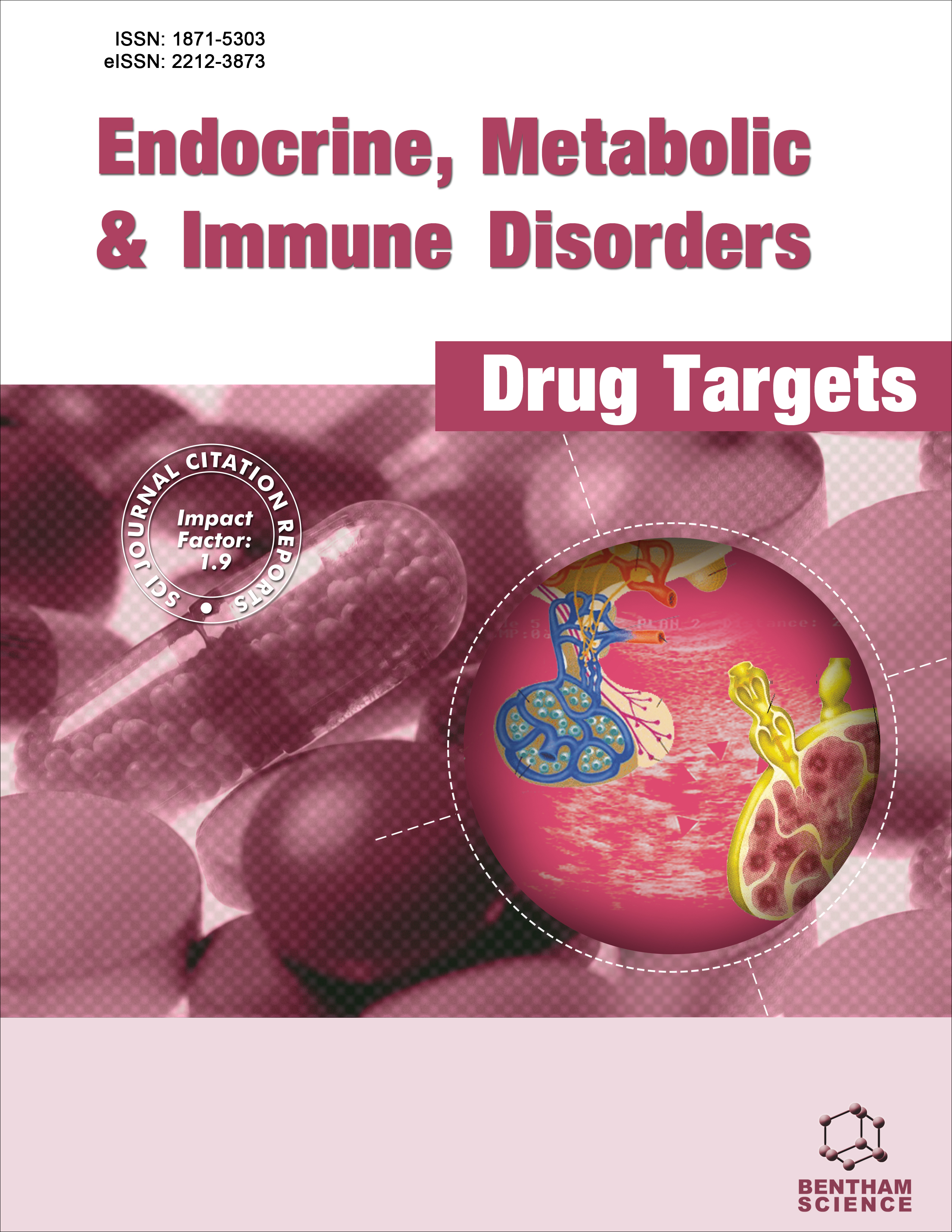
-
oa Rare of Gaucher's Disease Complication of Splenic Multiple Gaucheroma
-
-
- 02 Jun 2024
- 12 Sep 2024
- 08 Jan 2025
Abstract
Gaucheromas, pseudotumors composed of Gaucher cells, are rare complications of Gaucher’s Disease (GD). They are usually seen in patients receiving enzyme replacement. Surgery is generally not recommended for these benign masses in treatment management. Most patients treated with Enzyme Replacement Therapy (ERT) show organ enlargement and improvement in laboratory values. In our case, no change in the size of the lesions was observed despite 4 years of standard dose ERT.
A 27-year-old female, not having a known chronic disease and occasionally consulting doctors due to bone pain, weakness, and fatigue, visited the emergency department with the complaint of a nosebleed four years ago. The patient was found to have hepatosplenomegaly in physical examination and was referred to the hematology clinic because of pancytopenia. According to the physical examination and laboratory results, the desired leukocyte glucocerebrosidase level was 0.4 micromol/lt/hour (normal range > 2.5). Homozygous mutations of p.L483P and L483P were observed in genetic tests. Based on these results, the patient was diagnosed with GD. Although the patient received regular weekly treatment for 4 years, no significant change was observed in the spleen size. The patient was admitted to the hospital in April 2022 with complaints of abdominal fullness and indigestion. Her quality of life was deteriorating due to massive splenomegaly. A splenectomy was performed on the patient. In our case, splenic gaucheroma, a rare complication of Gaucher’s disease, was found to be present.
These masses, which are a rare complication of GD, have started to be better recognized by radiologists and clinicians thanks to the case series shared, and it is clear that there is a need for standardization and further research in this field. With an increase in the number of cases and experiences in this field, there will inevitably be different and new developments in follow-up and treatment approaches.

